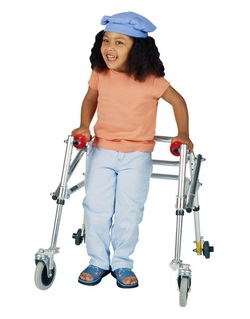Welcome to Teach 4 OI

Teach 4 OI is an online resource designed to provide the specialized knowledge and strategies required for educators to effectively teach students who qualify for special education services under the IDEA category of Orthopedic Impairment (OI).
What is Orthopedic Impairment?

The Individuals with Disabilities Education Act (IDEA) Sec. 300. 8 (c) defines orthopedic impairment as being “…a severe orthopedic impairment (OI) that adversely affects a child’s educational performance. The term includes impairments caused by a congenital anomaly, impairments caused by disease (e.g., poliomyelitis, bone tuberculosis), and impairments from other causes (e.g., cerebral palsy, amputations, and fractures or burns that cause contractures).”
The IDEA definition of OI is broadened to include all students with physical disabilities, however it includes both students with orthopedic impairments and neuromotor impairments under the same terminology (Obi, 2018).

More specifically, orthopedic impairment refers to people with skeletal disorders that affect bones, joints, extremities, and the corresponding muscles.

Neuromotor impairments are caused by abnormalities in the central nervous system or the peripheral nervous system, which impacts the ability to move, use, or feel different parts of the body.
Although neuromotor impairments and orthopedic impairments are two separate physical disabilities, they can have similar effects on movement, and use many of the same therapies and educational strategies for treatment (Obi, 2018).
For the purpose of this website, I will use the IDEA definition of orthopedic impairment when using the term, since we will be discussing working with these students in educational settings who are served under the category of OI according to IDEA.
Who qualifies for OI under IDEA?

In the United States, students who qualify for special education services under the category of OI are a small but diverse group, since there are so many different disorders that fall under this umbrella term.
These students account for a mere 1% of students eligible for special education services under IDEA for the 2017-18 school year (National Center for Education Statistics, 2019).
- Because the number of students served under the category of orthopedic impairment is less than 1% of all children being served in public schools, orthopedic impairment can be categorized as a low-incidence disability (West & Forlin, 2015).
Students with low-incidence disabilities are particularly difficult to serve due to the need for specialized equipment, highly specialized personnel, and teacher preparation (2015).
